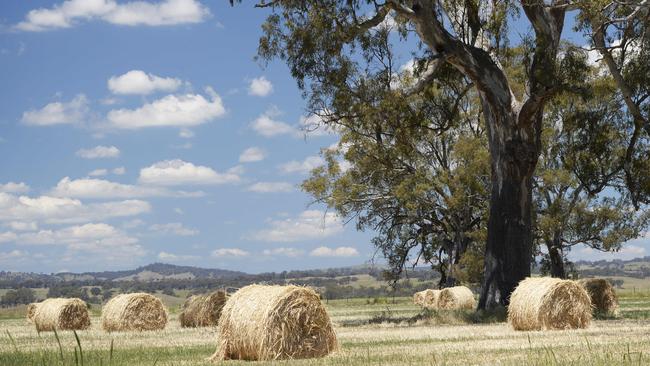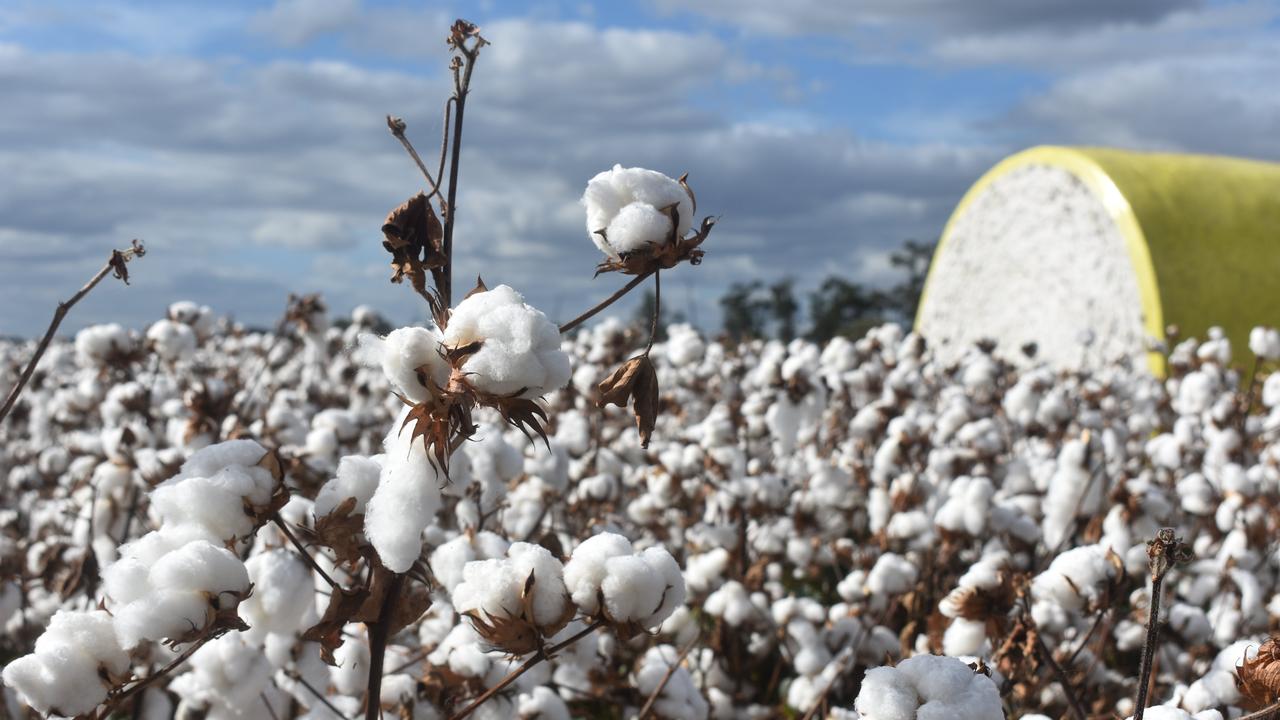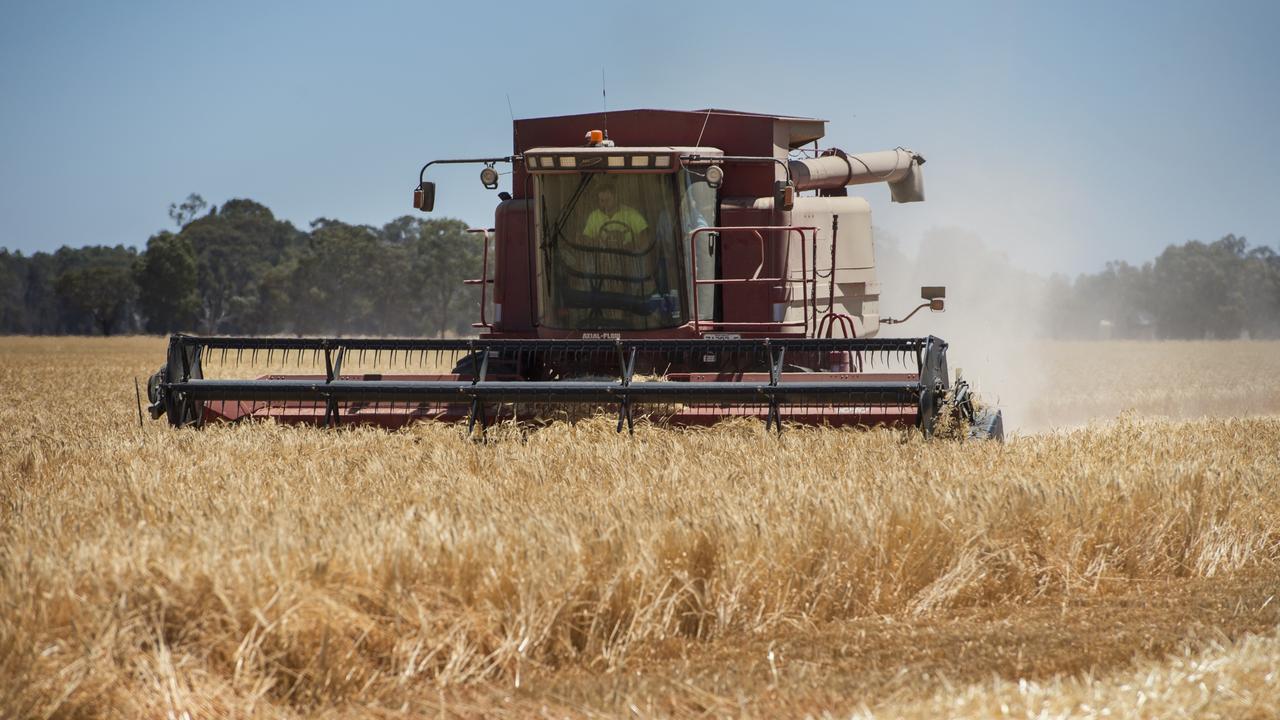Demand for quality keeps prices buoyant
In the absence of clear domestic demand, hay exporters are keencompetitors for cereal hay this spring. Growers benefit from pre-sowing export contracts even with weather damaged hay.

WITH the drought in eastern Australia now a fading memory, cereal hay markets are realigning to those of the export markets.
Hay exporters fill a valued role in the hay sector as they provide stable demand and prices for new season’s hay before it is in the ground.
When hay exporters set their prices for hay early this year, it was in the context of a long-running drought in eastern Australia and a dry season in Western Australia.
At the time, cereal hay prices were sitting at $270 a tonne ex-farm in northern Victoria and $300 in the wheatbelt of WA.
Competition is fierce between countries and exporters.
In order to ensure they were competitive with other commodities and other hay buyers, some exporters set their prices at $260 a tonne delivered plant for top-grade oaten hay, the highest opening prices yet.
With the drought-breaking rain came lower hay prices.
This $260 a tonne price started to look more attractive and hay exporters were swamped with new growers wanting to sign on.
Now that baling has started, the pricing structure looks well suited to the season and market.
Top-grade hay will be scarce and highly sought.
Lower grade hay is priced at discounts of about $100 a tonne to the top grade, which will still be competitive for many growers.
New season’s hay from WA and carry-over stocks will provide the higher quality this season, but exporters will still need hay to press.
According to hay growers, the tests results of energy, protein and fibre can be unfavourable, with many small falls of rain worse than a single downpour early on in the curing phase.
Since most growers began cutting their cereal hay crops, Hopetoun has received 37mm from 10 days of rain, Charlton, 41mm from seven days, and Horsham 43mm from five days.
The skills of hay makers are being tested.
Even if rain is forecast, hay and silage growers know they have limited flexibility on how long they can delay cutting.
Those who have scored rain soon after cutting and have managed 10 days of subsequent fine weather have hay baled.
Most are waiting on warmer windy weather to get moisture levels below 13 per cent, but further showers are forecast later this week.
MORE


